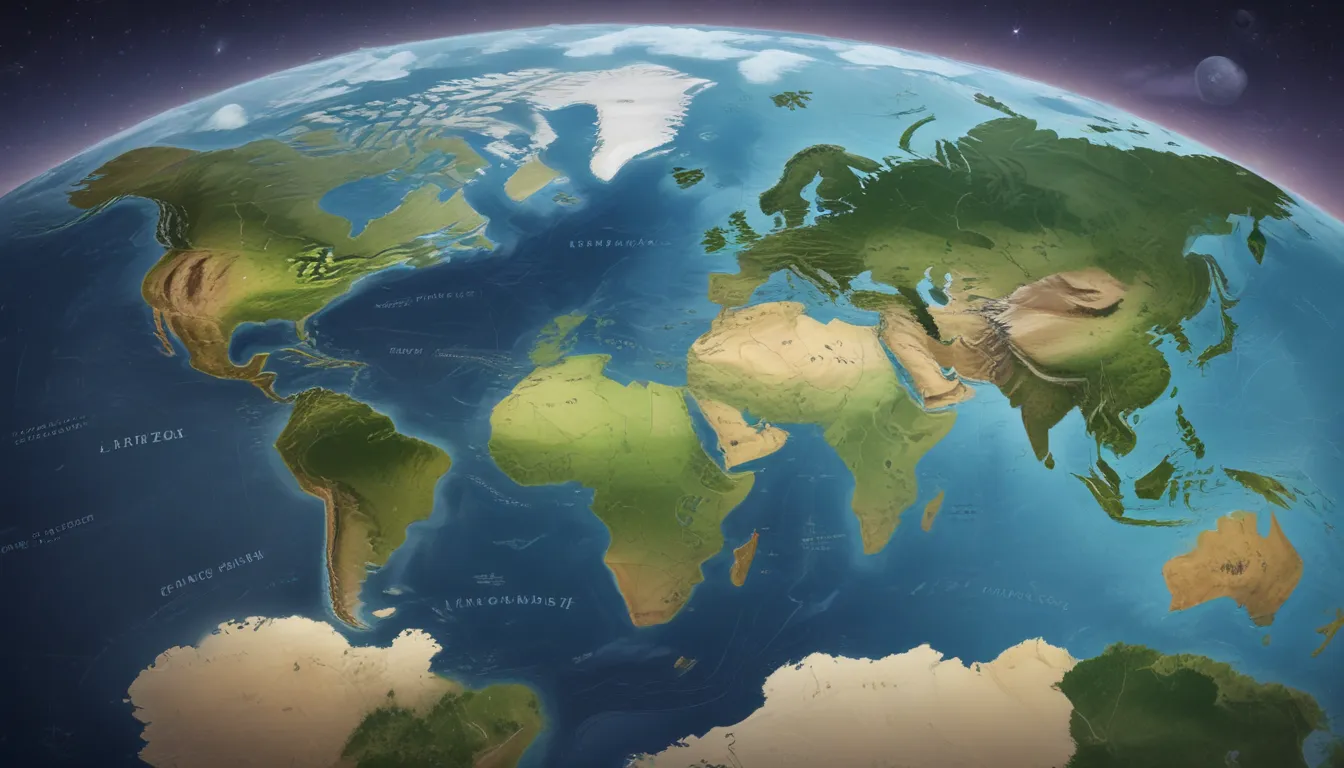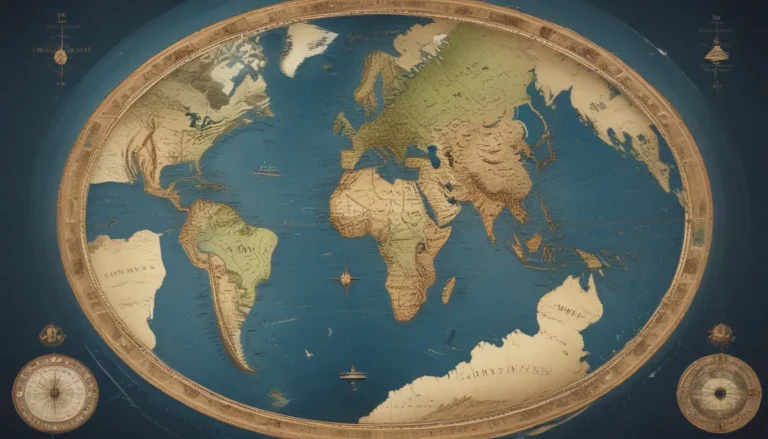A Note About Images: The images used in our articles are for illustration purposes only and may not exactly match the content. They are meant to engage readers, but the text should be relied upon for accurate information.
Welcome to the fascinating world of Latitude Zones, where imaginary lines shape our planet’s climate, ecosystems, and natural beauty. From the Equator to the Arctic Circle, these zones play a vital role in understanding Earth’s diverse landscapes and the interconnectedness of our planet. In this article, we will delve into 19 astonishing facts about Latitude Zones, uncovering the secrets of our planet’s geographic wonders.
Exploring Latitude Zones
The Latitude Zone, also known as the circle of latitude, is an essential concept that helps us define Earth’s climate, weather patterns, and geographical features. These imaginary lines run parallel to the Equator, dividing the Earth into different climatic regions. With a total of 180 latitude zones – both north and south of the Equator, we can locate specific places on the globe and understand their position relative to the Equator.
The Impact of Latitude
Latitude plays a significant role in shaping our planet’s climate diversity. As one moves away from the Equator towards the poles, the length of daylight hours changes, impacting temperature and weather patterns. From tropical rainforests near the Equator to tundra landscapes in polar regions, each latitude zone supports unique ecosystems and influences the distribution of plant and animal species.
Latitude Zones and Climate
The different latitude zones – tropical, temperate, and polar – play a crucial role in determining the climate of a specific region. Areas near the Equator experience a tropical climate, while those closer to the poles have more temperate, subarctic, or polar climates. These variations in climate influence agricultural practices, with farmers adapting to the specific climate conditions of their latitude zone.
Latitude Zones and Natural Phenomena
Latitude zones impact a variety of natural phenomena, from the distribution of plant and animal species to the occurrence of deserts and ocean currents. Regions near the poles experience unique events like the midnight sun and auroras, adding to the richness of our planet’s natural wonders.
Latitude Zones and Human Culture
The influence of latitude zones extends beyond the natural world to human culture and traditions. Different regions have unique festivals, clothing styles, and culinary preferences that are shaped by their climate and geographical location. Understanding latitude zones helps us appreciate the diversity of human experiences across the globe.
Latitude Zones and Climate Change
Latitude zones provide valuable data for climate change studies, offering insights into shifts in temperature, ice melting, and ecosystem changes. By monitoring these changes across latitude zones, scientists can track the impact of global warming and take steps to mitigate its effects. Understanding the role of latitude in climate change is essential for building a more sustainable future.
Conclusion
In conclusion, Latitude Zones are not just imaginary lines on a map – they are essential components of our planet’s geography and climate. From influencing agriculture and wildlife distribution to shaping human culture and traditions, Latitude Zones play a vital role in our everyday lives. By exploring and understanding these zones, we can gain a deeper appreciation for Earth’s diverse landscapes and ecosystems.
FAQs
Q: What is the latitude zone?
A: The latitude zone refers to the area between the Tropic of Cancer and the Tropic of Capricorn, which includes the equator and the regions nearby.
Q: How does latitude affect climate?
A: Latitude plays a significant role in determining climate as it affects the amount of sunlight received, which in turn impacts temperature and weather patterns.
Q: What are the different climate zones within the latitude zone?
A: The latitude zone consists of three primary climate zones: the tropical zone near the equator, the temperate zone between the tropics and the polar circles, and the polar zone near the poles.
Q: How does latitude impact the length of daylight?
A: Latitude directly affects the length of daylight. Closer to the poles, daylight hours are longer during summer and shorter during winter, while at the equator, daylight hours remain relatively consistent throughout the year.
Q: Why is understanding latitude important?
A: Understanding latitude is crucial for a variety of reasons, including navigation, agriculture, and climate research. It helps us locate places on Earth, predict weather patterns, and study the impact of climate change.
Was this page helpful?
Our commitment to delivering trustworthy and engaging content is at the heart of what we do. Each fact on our site is contributed by real users like you, bringing a wealth of diverse insights and information. To ensure the highest standards of accuracy and reliability, our dedicated editors meticulously review each submission. This process guarantees that the facts we share are not only fascinating but also credible. Trust in our commitment to quality and authenticity as you explore and learn with us.






